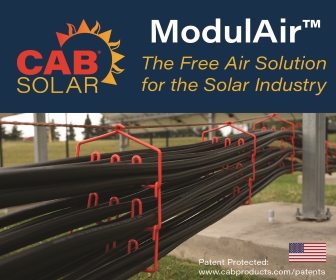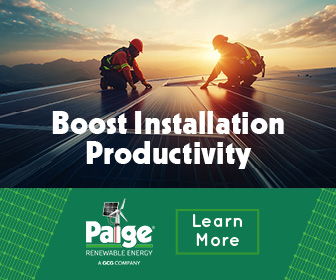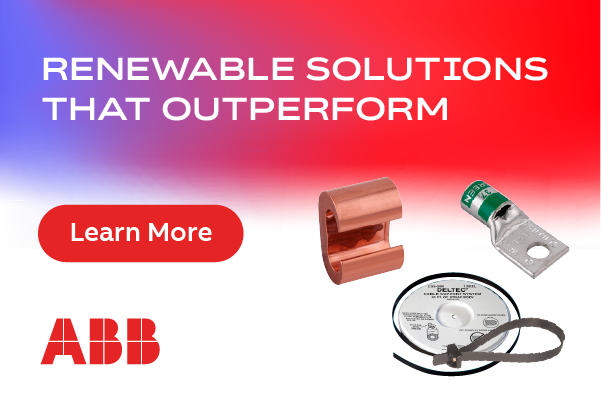Race to the Bottom: Installation vs lifetime costs of your solar system
Solar investors are often focused more on the initial installation cost than lifetime production levels or ongoing operational and maintenance costs. While there may be initial one-time installation cost "savings", these are tradeoffs between lowering installation costs vs the lifetime costs of the system. Intelligently including additional up-front installation and equipment costs in the original design can improve the overall site cash flow by improving production, reducing downtime, and reducing maintenance costs. As always, it’s best to run a financial model of the system with realistic expectations for its expected useful life. In other words, the lowest initial cost is not always the best choice.
The industry as a whole must take responsibility for problems caused by the Race to the Bottom. There are many cases where the Engineering, Procurement, Construction (EPC) partner is pressured by the client or investors to reduce bid cost so as to not lose the bid. The same thing happens with manufacturers. We need to make sure co-workers, customers, lenders, manufacturers, vendors, EPC’s, and stakeholders understand the true financial impacts when an installation cost is reduced. Sometimes the upside outweighs the downside, but frequently it does not.
![]()
Trackers
How often have you passed a PV site with trackers and seen all the trackers working perfectly? Unfortunately, this is not the norm. Trackers have moving parts that are controlled electronically and can have many failure modes. Breakdowns can occur in the control electronics or mechanical side of the system—the key to success is a good installation. Don’t try to reduce installation costs by shortening the length of the driven piles. The driven piles or screws must be placed in the precisely correct location, installed vertically, and embedded deep enough that they will not move laterally or vertically. This helps ensure the trackers will not bind or trip offline due to overcurrent in the drive motor. If there is not enough of the pile embedded in the ground, it may move. Be sure to understand the costs of replacing a failed gear drive or a driven pile that has moved. The costs for these repairs are high because it’s labor intensive. It’s better to invest a little more in a good installation rather than chasing problems during the lifetime of the system.
Having the expertise to set-up and troubleshoot tracker problems is a specialized skillset. The configuration must be properly completed by the installer or there will be maintenance issues and lost production. When considering a tracker for a new installation, make sure the financial model includes lost production and additional maintenance costs, not just the promised upside in production.
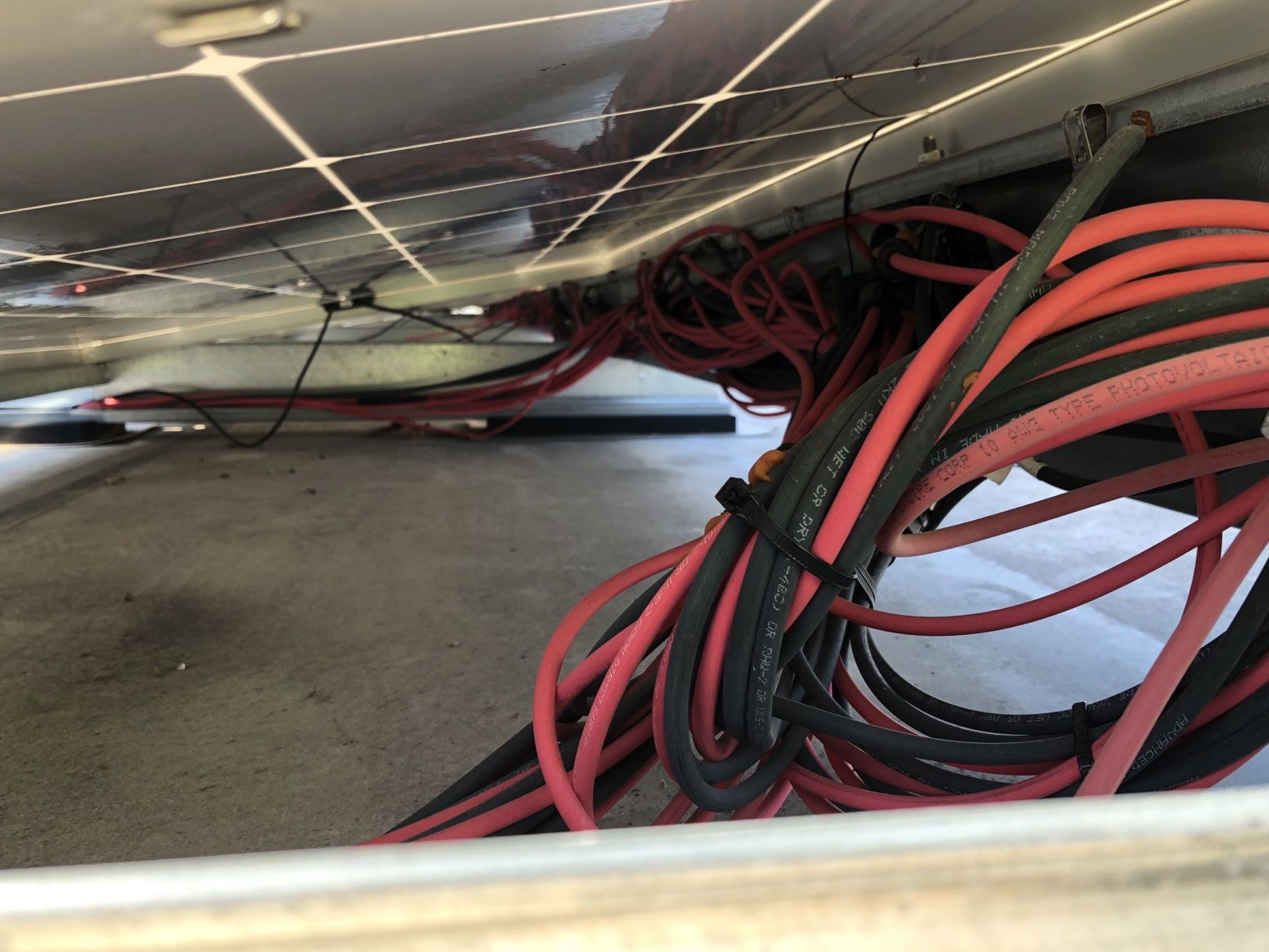
Cabling
Cabling can be direct burial, in conduit, or above ground on hangers. There are pros and cons with each. Direct burial is the cheapest for installation, but the most expensive for repairs, as it requires hand digging near other cables and driven piles. Additionally, the backfill must not contain sharp rocks; backfilling with sand will protect the cable from physical damage and allow better modeling of how heat will be dissipated. Cables in conduit have a higher initial cost, but it’s much simpler to make repairs or replace a cable. Above ground cabling lowers initial costs, but exposes the cables to possible physical damage, sunlight, water, ice, etc. While it can be an obstacle for mowing, it’s good for heat dissipation.
Bipolar systems
Bipolar inverters are intended to increase the voltage input to the inverters so that current (amps) can be reduced to lower cabling power losses for a given cable size. However, this comes at a cost. Bipolar inverters trip offline if the positive and negative sides are not balanced. This can happen from a cloud passing overhead (that covers the positive or negative side of the array inputs), from connection or relay failures in the DC tie box that connects the DC inputs to the inverter, or even from a simple array ground fault. These often require a site visit with the associated costs.
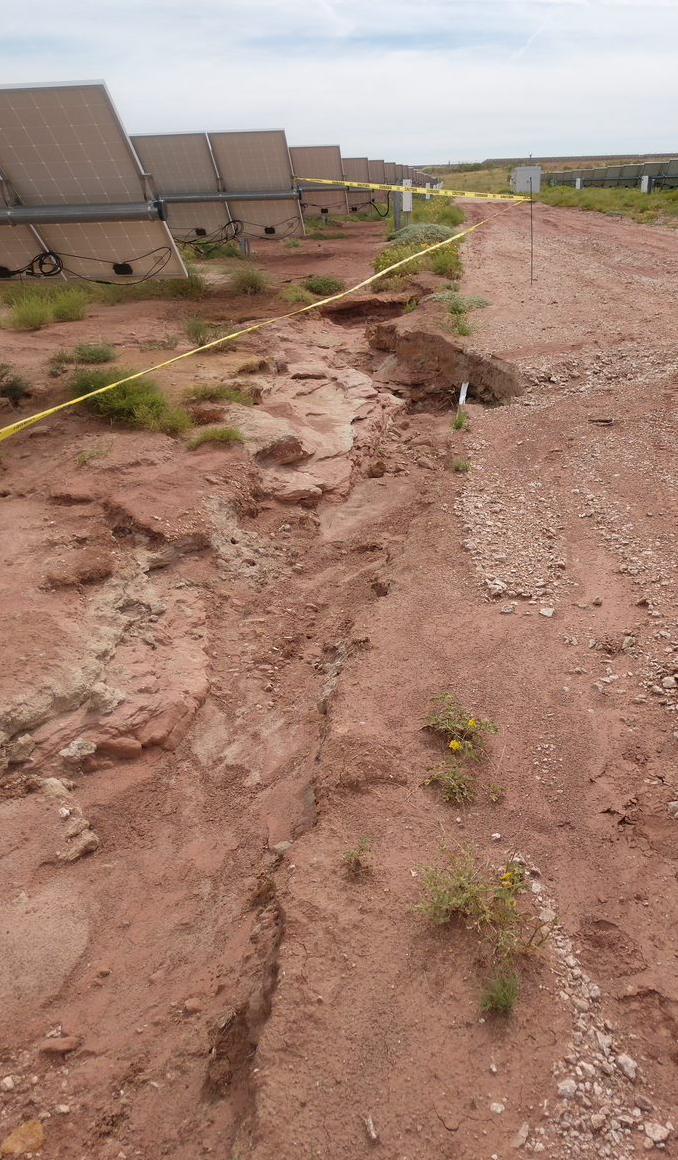 Vegetation management
Vegetation management
There are many choices for vegetation management. Once established, native grasses generally have low water usage, are durable, pollinator friendly, choke out other invasive plants, and grow low to the ground to keep shading low. This makes for low maintenance vegetation, but it’s expensive to establish and takes several years of careful management at the start. Once established, however, the maintenance costs drop significantly. Sheep can be a great option if the site is in an area with sheep farming and has fresh drinking water available. Mowing and herbicides can be effective, but expensive. Mowing can break PV modules by throwing rocks. Herbicides work well but may have environmental impacts or be prohibited. Be sure to also consider how overgrown vegetation may damage trackers, modules, cabling, switches, and electrical enclosures.
Erosion control
Sites that get substantial rains need good drainage. This can include drainage swales, recharge ponds, vegetation management, etc. At one site, costs were cut on a main road to lower the price in order to make the sale. Then, a heavy rain washed out the road and exposed direct burial medium voltage cables. This major erosion created a safety problem and high repair costs. In this case, the small initial “savings” turned out to be a fraction of the repairs required the first year. Additionally, the roadbed needed to be upgraded to what it would have been before those perceived savings. It’s best practice to always look at the risks and rewards for any cost cutting measures.
This is a cursory overview of common issues found on PV sites that could be improved with better design and better installation. This is not intended to be a comprehensive list, but a way to get everyone asking the right questions before designing and installing a new system.
Robert Morse is the VP Technical Operations at Phoenix Renewable Services, Inc. (PRS) where he focuses on quality control and performance monitoring to reduce maintenance costs and increase production revenue. PRS maintains distributed solar assets for government / municipal, commercial / industrial, and grid-scale assets throughout Arizona, California, New Mexico, Nevada, and Texas. Robert plans, directs, and implements technical projects for PRS and fleet customers. He is a BSEE, MSEE, MBA, PMP, NABCEP Certified Installer, TX Master Electrician, CA C10 & C46 QP.
Phoenix Renewable Services | phoenixrs.com
Author: Robert Morse
Volume: 2023 September/October









.png?r=1852)
